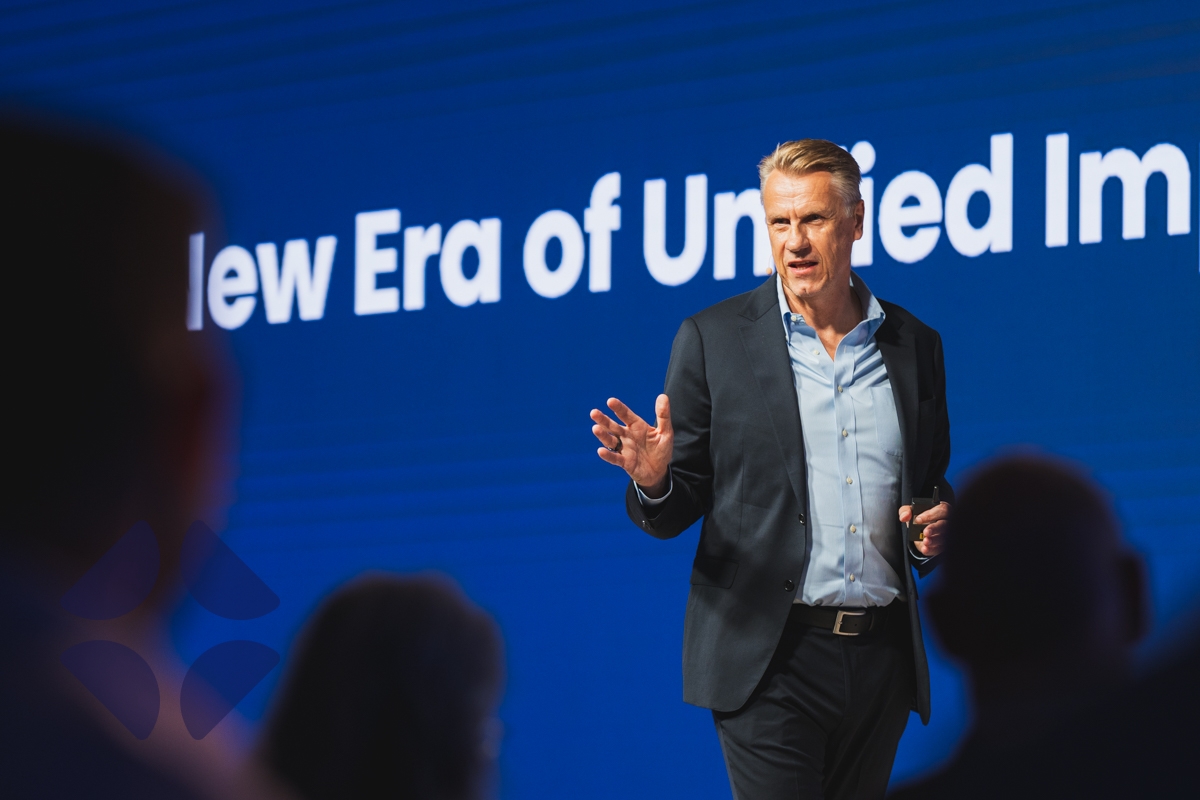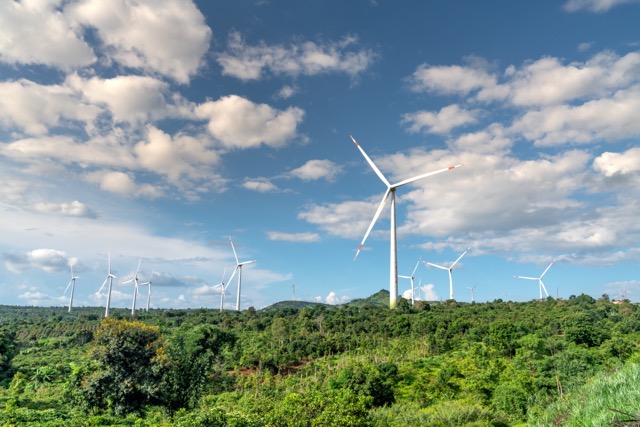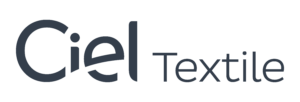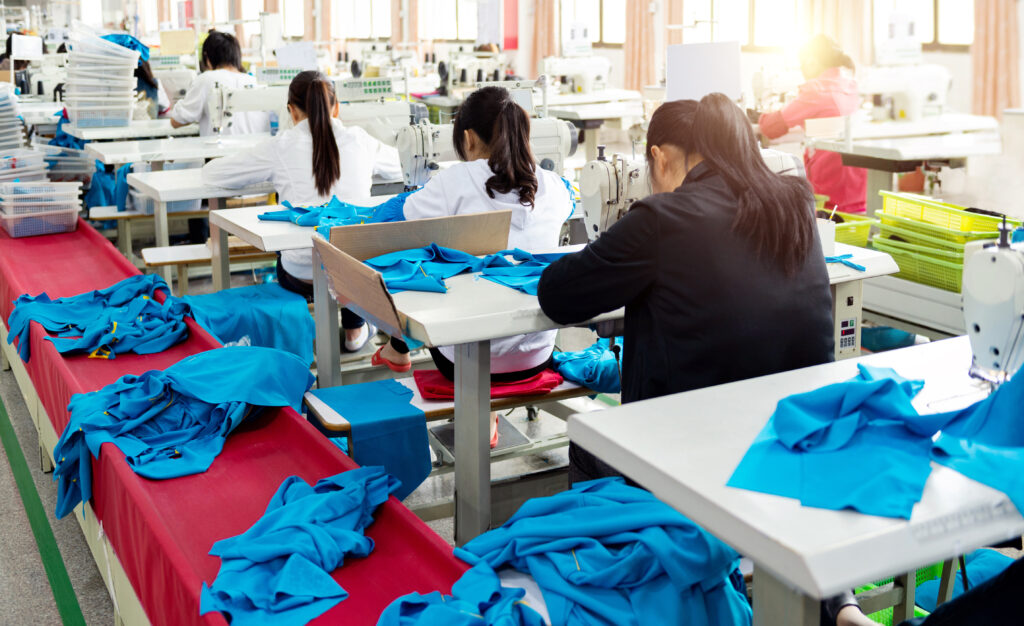First of three reports published as SAC sets out how the Higg Index suite of tools will continue to evolve
BOSTON, Mass. — September 26, 2023: Today, the Sustainable Apparel Coalition (SAC) has shared in full the first of three reports from the Higg Index Review. This first report fulfills a commitment made last year by the SAC to engage industry experts on a technical review of the Higg Product Tools, based on content and methodology, with the resulting data delivered in an open and transparent way. Available for download here, the report sets out detailed recommendations for how the Product Tools can continue to develop and answer the evolving requirements of users.
Through the continuous evolution of the Higg Index tools, the aim is to provide users with access to the most up-to-date, accurate data against relevant industry standards in order to drive sustainable decision-making across the industry. For this review, KPMG was commissioned to coordinate and recruit a panel of ten experts. The report focuses on the following tools:
- The Higg Materials Sustainability Index (Higg MSI) is the apparel industry’s most used tool to measure the environmental impacts of materials. It is a cradle-to-gate material assessment tool used by designers to help them make more informed and responsible choices around materials.
- The Higg Product Module (PM) was launched in June 2021 to help organizations evaluate the full environmental impact of a product. It measures the cradle-to-grave environmental impacts of a product from the point of resource extraction to manufacturing impacts, all the way through product durability, care, and end of use. With a complete picture of a product’s footprint, designers and sustainability teams can find new opportunities to reduce impact – and accurately demonstrate improvement to stakeholders, and business partners.
“Science isn’t static — and neither are we,” said Jeremy Lardeau, VP of the SAC Higg Index. “The SAC is committed to the continued enhancement of the Higg Index tools, to better support the industry to achieve its sustainability goals. Through ongoing updates, our tools become more and more powerful to drive greater impact across the value chain.”
Reflecting the diverse and complicated nature of product sustainability assessments, the reviewers were not unanimous in their findings. While the report highlights that the Higg MSI and Higg PM tools demonstrate strengths, more important to the SAC is how this critical analysis reveals where additional improvements are necessary.
“The SAC Board of Directors thanks each expert involved in the review for providing their insights and direction to the SAC,” said the SAC’s Board of Directors in a collective statement. “This review highlights the complexity of product sustainability assessments, which cover collecting, measuring, and appropriately utilizing sustainability impact data originating at the early stages of global supply chains for business decisions. Moreover, the often diverging expert viewpoints shared in the report reinforce the need for robust collaboration toward delivering a harmonized approach to value chain sustainability data. We commend the SAC for conducting this expert review and commit to empowering the SAC to integrate appropriate recommendations into the SAC’s strategic plan, while inviting interested stakeholders to join this effort.”
In some cases, the recommendations for action found in the report are already underway, including:
- expanding the Higg Facility Environmental Module (FEM) to add factory-specific data and improve geographical coverage in order to directly inform LCA data within the Product Tools;
- actively working to improve data quality of the background datasets, specifically in cotton fiber and textile wet processing;
- exploring the best way to fold the Higg MSI into the Higg PM, so that the material life cycle data is viewed as part of full product LCAs; and
- aligning with the EU Product Environmental Footprint (PEF) – an evolving LCA methodology, that aims to create a harmonized common framework for calculating and communicating impact — once it is finalized and, if applicable, with other common standardized methods in the future.
In other cases, recommendations for improvement will be incorporated during the next phase of tool development by the SAC, including, for example, adding signals and warnings on front-end content within the platform, as well as offering more training sessions and educational opportunities to help users correctly and more effectively use the tools.
Finally, taking action on some of the expert recommendations will require a deeper process of stakeholder engagement and research in order to confirm both applicability and feasibility. For example, the SAC is closely monitoring the progress made in ways to assess the full impacts of marine litter and microplastics in LCA data.
Ultimately, the ongoing evolution of the tools means the SAC will continue to assess the experts’ recommendations over the coming months and how best to implement them in the tools’ development roadmap.
“At Eastman Exports, we’ve seamlessly integrated the Higg Materials Sustainability Index (MSI) and the Higg Product Module (PM) into our core sustainability strategy,” said Alagesan Senniappan, Senior Vice President, Quality Assurance/ESG. “The Higg MSI has empowered us with a profound grasp of our materials’ environmental impact, facilitating data-driven decisions and the adoption of sustainable alternatives. The Higg PM has been transformative in evaluating our product life cycles, pinpointing critical areas for reducing our environmental footprint – from raw material sourcing to end-of-life considerations. Our unwavering commitment is to continue this sustainability journey with the invaluable support of these indispensable tools.”
The remaining Higg Index Review reports for the Higg Brand and Retail Module (BRM) and the Higg Facility Environmental Module (FEM) are expected in 2024. The Higg BRM was recently updated in March 2023, and the Higg FEM tool will be updated in November 2023. Based on the timing of these updates, the Higg Product Tools were reviewed first. The remaining Higg Index Review reports will be shared in full by the SAC once they have been finalized by the review panels.
— ENDS —
For more information please contact SAC@forster.co.uk
About the Sustainable Apparel Coalition:
The Sustainable Apparel Coalition (SAC) is an independent and impact-creating organization that aims to lead the industry toward a shared vision of sustainability based upon a joint approach for measuring, evaluating, and improving performance.
As a non-profit organization, it has members from across the apparel, footwear, and textile sector, but exists independently outside any one company so that it can drive progress. The SAC’s collective action efforts bring more than 280 global brands, retailers, manufacturers, NGOs, academics, and industry associations together. They represent about half of the apparel and footwear industry along the whole supply chain – from sustainability pioneers to organizations just getting started.
Before the SAC existed, companies worked in a siloed way, using their own programs and measurements that lacked standardization and an ability to drive collective action. In 2009, Walmart and Patagonia identified this as a serious problem. Joining forces, they brought together peers, competitors, and relevant stakeholders from across the sector to, on a pre-competitive basis, develop a universal approach to measuring sustainability performance and founded the Sustainable Apparel Coalition.
LinkedIn | Twitter | Instagram | Facebook | YouTube
About the Higg Index:
The Higg Index is an SAC-owned suite of data-driven tools for brands, retailers, and manufacturers to measure sustainability performance in the apparel, footwear, and textile industry. Owned by the SAC, the tools are exclusively licensed to Worldly. For more information, visit worldly.io/. The Higg Index comprises a set of five independent tools that make it possible to measure the environmental and social impacts of how, where, and under what conditions products are made, as well as the companies making them. The tools provide a standard process for assessment that can then be used for benchmarking, allowing users to leverage verified data to track, manage, and improve their performance. The tools also offer those just beginning their efforts a structured place to start which can make the process of data collection and strategy development less overwhelming.
About the tools reviewed in the report:
The Higg MSI is a cradle-to-gate material assessment tool that calculates environmental impacts of materials used in the textile, apparel & footwear industry such as ready-to-be-assembled textiles, trims, and packaging featured in products. The tool aims to enable design and development teams to identify hotspots and make more sustainable choices during the materials selection process. The Higg MSI uses peer-reviewed data submitted from the industry and life cycle assessment databases to calculate environmental impacts. The tool measures environmental impact in five areas: global warming, nutrient pollution in water (eutrophication), water scarcity, abiotic resource depletion of fossil fuels, and chemistry. Higg MSI results are provided individually for each impact category and are displayed into two formats: LCIA units and Higg MSI score. The LCIA units represent the environmental impact for the specific impact category (e.g. kg CO₂e with regards to global warming potential). The Higg MSI score, in turn, is based on a linear normalization set upon the weighted average impact of the most used materials within the industry.
The Higg PM assesses the cradle-to-grave environmental impacts of products made by the textile, apparel & footwear industry. This assessment includes the impacts of the specific materials used in a product, the impacts from finished goods’ manufacturing processes, as well as the impacts of logistics (transportation and distribution), use phase, and end of life. The Higg PM integrates Higg MSI outputs to provide a full life cycle assessment. The Higg PM shares the same five impact categories as the Higg MSI. Higg PM results are provided individually for each impact category and are displayed in terms of LCIA units. The Higg PM aims to help companies understand the environmental performance of their products’ portfolio and enable progress on circularity goals.











